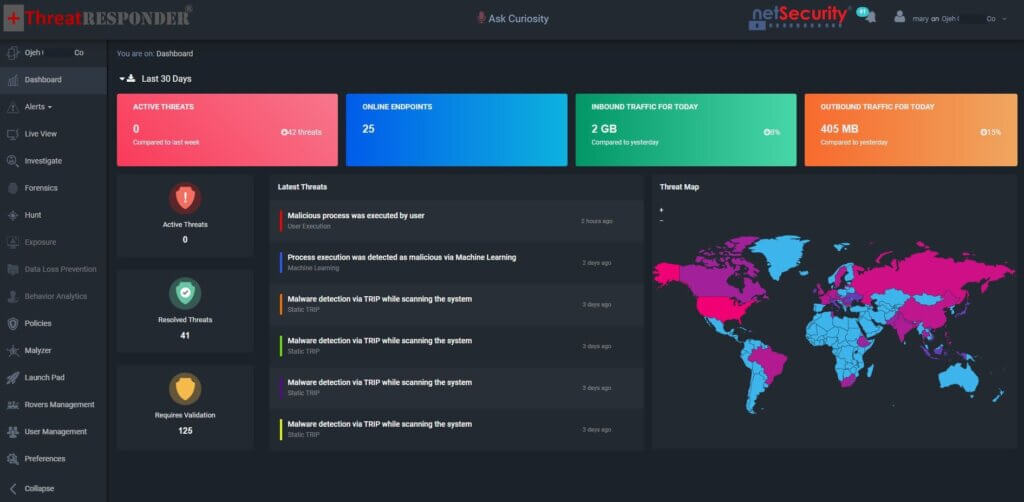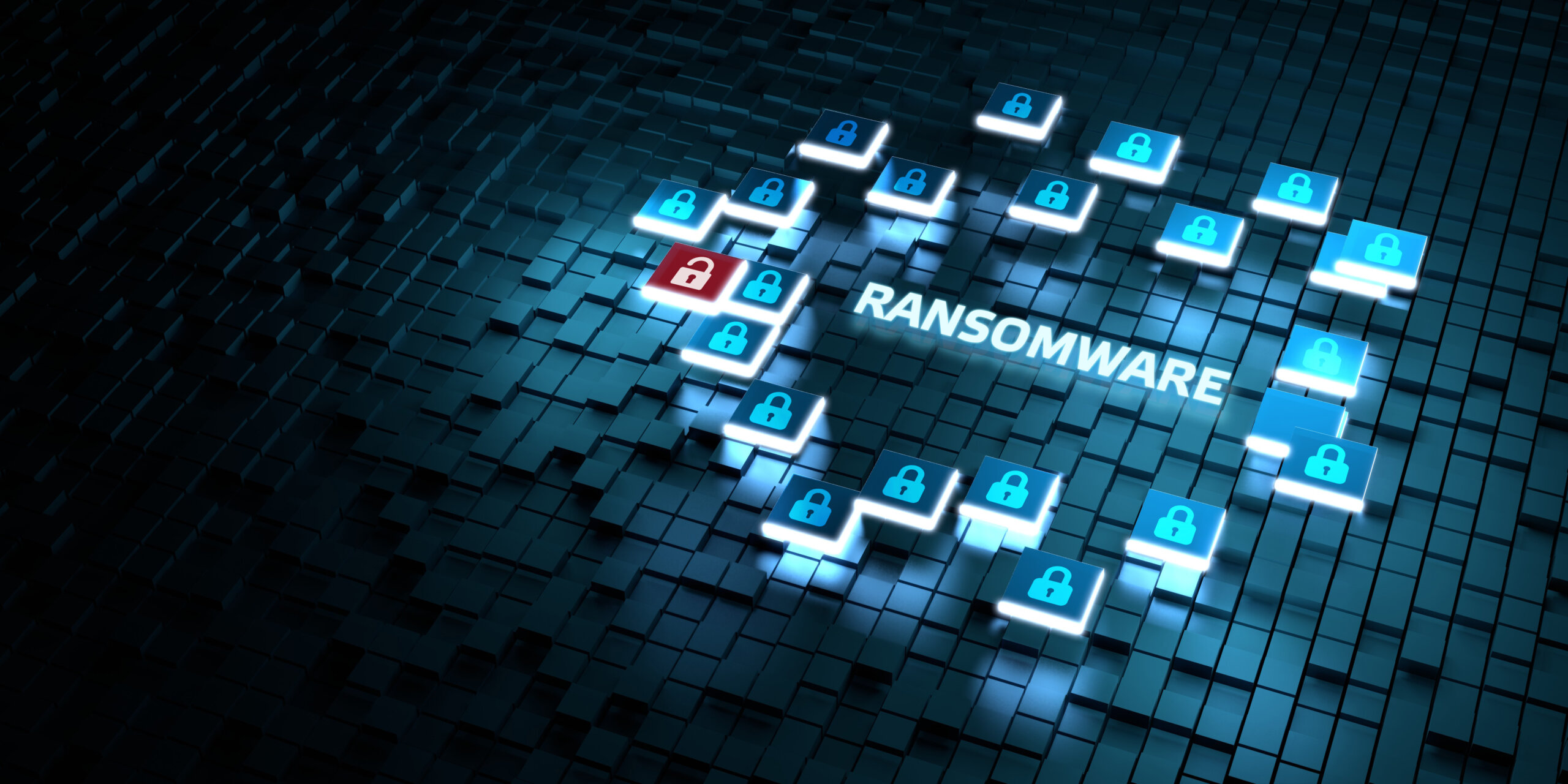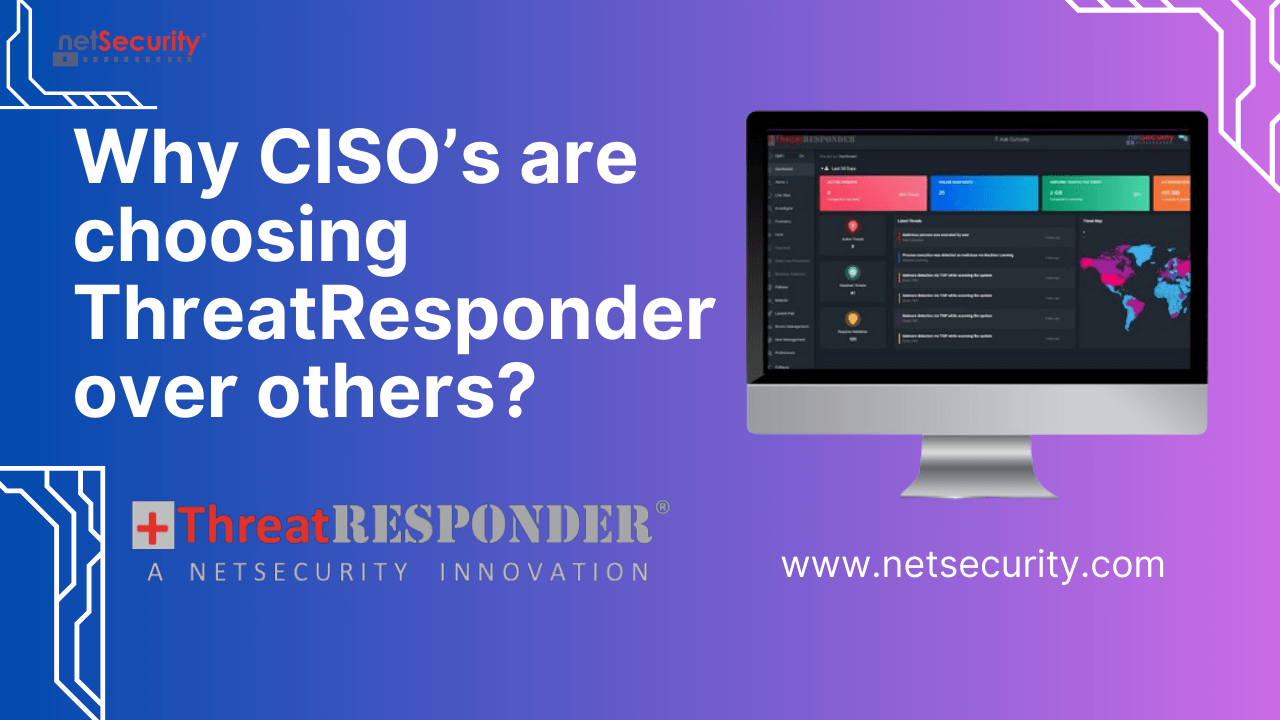How Biden-Harris Administration’s National Cybersecurity Strategy Addresses the Top Threats of 2023
The National Cybersecurity Strategy reflects the Biden-Harris administration’s recognition of the importance of cybersecurity for national security, economic prosperity, social well-being, and democratic governance. The strategy articulates a comprehensive and ambitious agenda to secure the full benefits of a safe and secure digital ecosystem for all Americans.
4 Pillars of US Cyber Security Strategy
The National Cybersecurity Strategy is a document that outlines the Biden-Harris administration’s vision and plan to secure the digital ecosystem for all Americans. The strategy is based on four pillars: (1) Build Trusted and Resilient Digital Infrastructure; (2) Raise the Bar for Cybersecurity Across Our Economy; (3) Disrupt and Deter Malicious Cyber Actors; and (4) Lead Internationally on Cybersecurity.
The first pillar aims to strengthen federal cybersecurity by modernizing IT systems, expanding cyber workforce, enhancing incident response capabilities, and improving coordination across agencies. The strategy proposes to invest $10 billion in cybersecurity funding across federal agencies as part of the President’s Fiscal Year 2023 Budget Request. The strategy also supports building a diverse and inclusive cyber workforce by expanding education and training opportunities, especially for underrepresented groups.
The second pillar calls for establishing baseline cybersecurity standards for critical infrastructure sectors such as energy, water, transportation, health care, and financial services. The strategy intends to leverage public-private partnerships to promote best practices, share threat information, and incentivize innovation in cybersecurity. The strategy also urges more mandates on the firms that control most of the nation’s digital infrastructure and an expanded government role to disrupt hackers.
The third pillar commits to using all instruments of national power to disrupt and deter malicious cyber actors, including imposing costs on those who harm our interests. The strategy plans to be faster and more aggressive in preventing cyberattacks before they can occur, including by using military, intelligence, law enforcement, diplomatic, economic, and regulatory tools. The strategy also emphasizes the need to uphold democratic values and human rights in cyberspace, as well as protect privacy and civil liberties of Americans.
The fourth pillar seeks to advance global norms of responsible state behavior in cyberspace, enhance international cooperation on cyber issues, and provide assistance to partner countries. The strategy aims to build coalitions with like-minded allies and partners to counter shared threats and promote a free and open internet. The strategy also supports multilateral efforts to hold accountable those who engage in malicious cyber activities.
How to Read New Cyber Security Strategy in the Wake of 2023 Annual Threat Assessment by DNI
Cyber Security Strategy is important in current threat landscape because it provides a clear direction and guidance for addressing the complex and evolving challenges posed by malicious cyber actors. The strategy also helps to align resources, capabilities, and actions across different stakeholders and sectors to achieve common goals and objectives.
The National Cybersecurity Strategy can be seen in the wake when U.S. Directorate of National Intelligence (DNI) released its Annual Threat Assessment of the US Intelligence Community (ATA) 2023 in several ways.
- The ATA 2023 identifies China, Russia, Iran, and North Korea as the most capable and active cyber adversaries of the United States1. The strategy recognizes these adversaries as posing significant threats to our national security, economic interests, democratic institutions, and critical infrastructure.
- The strategy plans to counter these threats by imposing costs on malicious actors, strengthening deterrence, enhancing attribution capabilities, and building coalitions with allies and partners.
- The ATA 2023 warns that cyber threats from non-state actors such as terrorist groups, criminal organizations, hacktivists, and cyber mercenaries are also increasing in frequency, sophistication, and impact.
- The strategy acknowledges these threats as challenging our law enforcement, intelligence, and defense capabilities.
- The strategy intends to disrupt these threats by enhancing information sharing, cooperation with private sector entities, and international collaboration on cybercrime investigations.
- The ATA 2023 highlights that emerging technologies such as artificial intelligence (AI), quantum computing, biotechnology, and 5G networks will create new opportunities and vulnerabilities for cyber operations.
- The strategy emphasizes the need to invest in research and development, innovation, and standards setting for these technologies to ensure their security, resilience, and trustworthiness.
- The strategy also supports promoting ethical principles and human rights in the development and use of these technologies.
How to Prevent Ransomware Attacks on your Network?
Cyber security threats and ransomware attacks are increasing at a tremendous pace. It is extremely difficult for cyber security analysts and incident responders to investigate and detect cyber security threats using conventional tools and techniques. NetSecurity’s ThreatResponder, with its cloud-based machine learning threat detection engine and its diverse capabilities, can help your team detect the most advanced cyber threats, including APTs, zero-day attacks, and ransomware attacks. It can also help automate incident response actions across millions of endpoints, making it easy, fast, and hassle-free.

Want to try our ThreatResponder, cutting-edge Endpoint Detection & Response (EDR), and ThreatResponder FORENSICS, the Swiss knife for forensic investigators in action? Click on the below button to request a free demo of our NetSecurity’s ThreatResponder platform.
Disclaimer
The page’s content shall be deemed proprietary and privileged information of NETSECURITY CORPORATION. It shall be noted that NETSECURITY CORPORATION copyrights the contents of this page. Any violation/misuse/unauthorized use of this content “as is” or “modified” shall be considered illegal and subjected to articles and provisions that have been stipulated in the General Data Protection Regulation (GDPR) and Personal Data Protection Law (PDPL).










